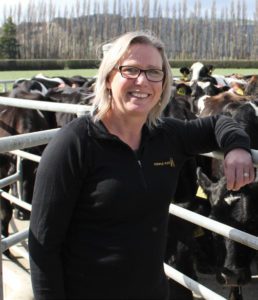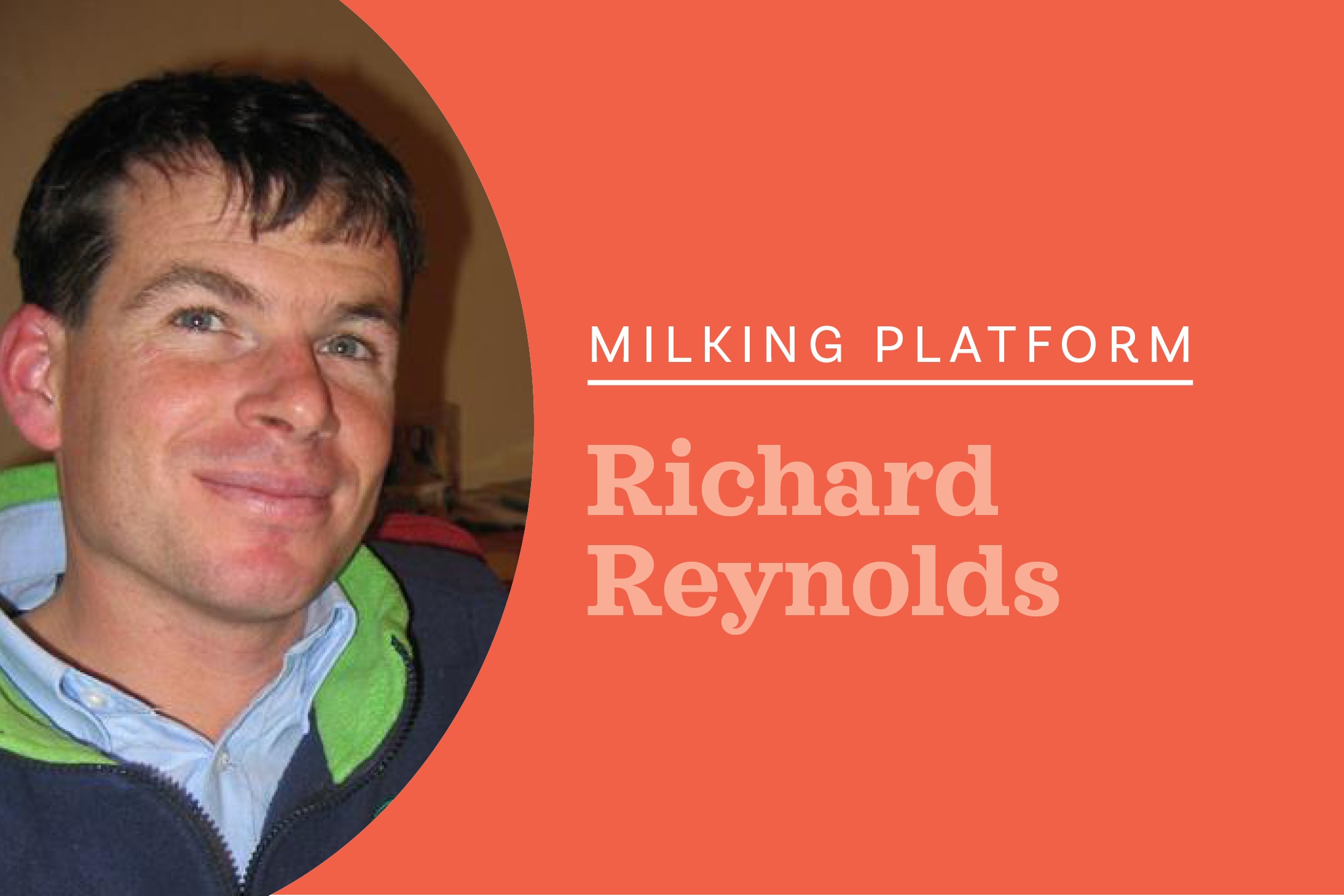But, what does it cost?
A group of 15 farms across the country are focusing on lower ‘per-unit’ cost of production with a view to helping identify where farmers may minimise impacts of lower payouts, Anne-Marie Wells writes.

 I’VE ALWAYS LIKED HOW farmers are happy to share their knowledge and am impressed by the amount of information freely available to support people at all stages in the industry. Understandably, this knowledge sharing does not usually extend to finances, even though this is a key criterion for a successful business.
I’VE ALWAYS LIKED HOW farmers are happy to share their knowledge and am impressed by the amount of information freely available to support people at all stages in the industry. Understandably, this knowledge sharing does not usually extend to finances, even though this is a key criterion for a successful business.
At discussion groups, we share details on areas including production, grass, supplements, submission rates, and fertiliser, but we never talk about how much it costs us.
It’s easy to come away disheartened by a lower number of milksolids per cow, but how justified is that without comparing the full picture? Farms have different goals and drivers – for some, breeding is the top priority, for others it may be lifestyle. Once these business drivers are understood, we are more likely to compare against our true business peers. In our equity partnership, our business goal is sustainable production – achieving consistent production in a financially, environmentally, and healthy way. We won’t chase production at any cost, and we will sacrifice some profit over environmental choices which, let’s face it, never save you money!
DairyNZ has been trying to encourage farmers to share their goals and finances. As a starter, one of our recent discussion groups compared our costs with another, similar local farm. The results were interesting and highlighted to us areas we wanted to look into. For example, our insurance premiums were much higher, and this year at renewal time, we checked we are getting value for money, and that’s not been something on our radar before. Moving on a step, we are now part of the DairyNZ Budget Case Studies. Currently there are 15 farms across the country who focus on lower ‘per-unit’ cost of production and have provided in-depth budgets, with a view to helping other farmers identify where they may find financial opportunities to minimise impacts of lower payouts.
As well as information on current budgets, there are details on management decisions regarding strategy and finance, farm policy and infrastructure, environmental, feed, herd, and people, health and safety.
The topical question from DairyNZ is what to focus on with a forecast drop in payout and increasing cost of production.
In our view, keeping your budget up to date, knowing your numbers, and regular communication with the bank is important. Being able to see possible pinch points ahead of time allows you to contact the bank about it, rather than them coming to you, and in our experience, this is viewed more favourably.
We have also seen how quickly things can change, so we aren’t planning to make any drastic changes, but taking advantage of offers such as deferred payments can help ease out the troughs and peaks in cash flow.
While the payout and cost of production are not always on our side, one thing is certain – we will be expecting to get full value for money from our higher insurance premiums as we look to replace a shed that was blown away in recent high winds!





